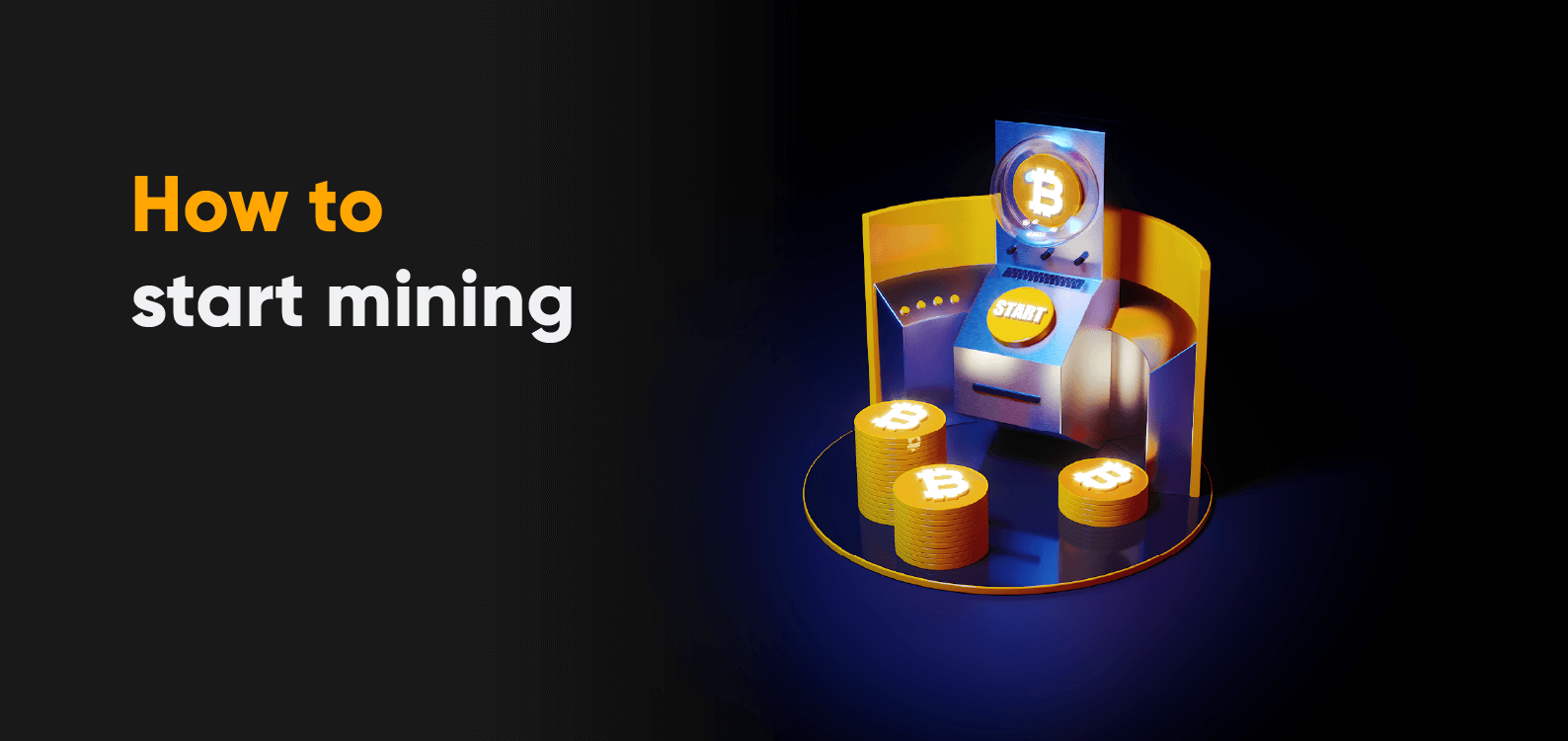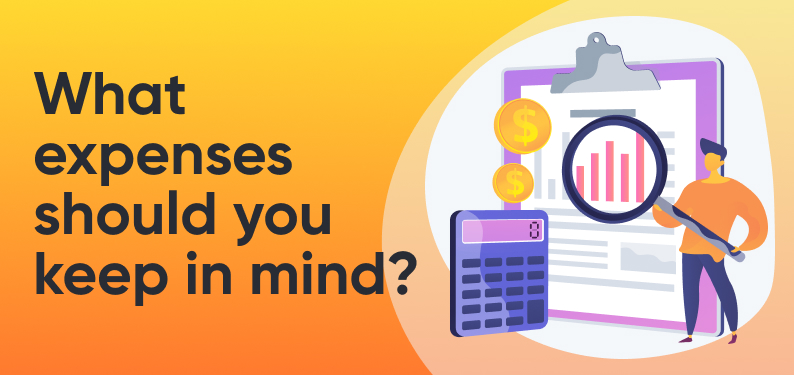
How to start mining in 2022
In this article, we hope to shed some light for newcomers to mining in 2022 and how to ensure best profitably while doing so.
Basic terms
You may very well not be familiar or up-to-date on the mining "lingo", so here are some terms to get you acquainted:
ASIC — Application-Specific Integrated Circuit, or ASIC for short, is a device designed exclusively for mining on a specific algorithm.
GPU rig — a combination of multiple GPUs connected into a machine, can be used for mining various popular coins (for instance, ETH, RVN, and so on).
Worker — a general name for mining devices.
Hashrate — mining speed, computing power of equipment.
Share — the contribution of one miner to the overall work of detecting a block.
Pool — a group of miners working together.
Algorithm — encryption method for cryptocurrency.
Miner — not only a person who mines cryptocurrency, but also a “tool” for solving algorithm.
Cloud mining — mining cryptocurrency not on your devices, but on rented ones, on the Internet.
What do you need to start mining?
To start mining, you need the following:
- Adequate equipment
- Create a wallet
- Choose a miner
- Join a reliable pool
How to choose hardware?
You have two options: ASICs or GPU rigs. When choosing hardware, you should pay attention to the following factors:
The coin you want to mine. ASICs are inherently intended to mine only their dedicated set algorithm, this factor should always be taken into account. For example, an Antminer L3+ can mine LTC, but it is not suitable for BTC mining.
Device power. Review the specifications of the equipment in question, and find out what hashrate it allows you to achieve.
Energy consumption. Mining devices consume a lot of electricity, so if possible, choose hardware with the lowest consumption. But also remember that the level of power consumption can be considerably reduced: for example, using the Hiveon ASIC firmware or the Hiveon OS monitoring and management system.
Spare parts availability. Unfortunately, both ASICs and GPU rigs sometimes fail. Choose devices for which spare parts are easier to attain. Also pay attention to the availability of service centers in your area.
Price. Mining hardware can be quite expensive, so if you are going to create a large farm, the price can be one of the most important factors.
When it comes to video cards for GPU rigs, we recommend the NVIDIA RTX 3060 Ti, and AMD 5600XT and 5700XT if you can find them at a suitable price. For NVIDIA, things are the same. The 3060’s are great, but with a manufacturer’s suggested retail price of $399 compared to what the resellers are asking for them, you should be extremely confident in what you are doing to justify purchasing any GPUs now. Also in 2022, new ASICs (from Bitmain and Canaan Creative) and video cards are expected to enter the market.
How to create a wallet?
Mining wallets can be “hot” and “cold”. "Hot" wallets are available online or from a mobile device, while the "cold" ones do not have an Internet connection, they are physical devices. Both types of wallets have their advantages. For example, in the case of “cold” wallets, you don't have to be afraid of hackers, but you can lose them. “Hot” wallets can be hacked, but they are always available to their owners.
To select the type of wallet (and, accordingly, to create it), decide for what purpose you need a wallet. If you are going to, for example, pay with cryptocurrency for purchases on the Internet, a “hot” wallet would be a good choice. If on the other hand, you’re planning to “HODL”, “cold" wallets might be the best choice for you. It's also worth considering how much you are willing to pay for creating a wallet. In most cases, a “hot” wallet can be created for free, but getting a “cold” hardware wallet requires a flash drive or another external device.
If you do decide to create a “hot” wallet, pay attention to the provider's reputation and the security level. Exchanges aren't generally recommended because of numerous factors:
- They're more likely to attract hackers.
- Maintenance will result in you not being able to access/withdraw your funds.
- Secret keys are never shared, so the wallet is never truly yours.
How to choose a miner?
In order to choose an adequate miner, you must first decide which coin you're planning on mining. After making a decision on a coin/algorithm, you can make a choice in terms of mining software. For ETHASH, for example, we recommend the following miners:
- TeamRedMiner / lolMiner for AMD.
- T-Rex / Ethminer for Nvidia.
- lolMiner for Hybrid rigs (both NVIDIA and AMD in one).
How to choose a pool?
This depends on individual hashrate, but usually it is more profitable to mine on a pool than alone, because this way your income will be much more stable. When choosing a pool, pay attention to the following details:
- Coin. Again, you should start with choosing which coin to mine — this will simplify & minimize the search
- Reward system. There are several options, but we recommend PPS+ (this scheme guarantees the most stable income).
- Minimum payout amount. The lower the threshold is, the more often you will be able to withdraw your funds. However, if you pay for the transaction fees, these will occur more often too — keep this in mind.
- Fees. Choose a pool with minimum fees, as it affects your income. Also consider transaction fees
Consider joining the Hiveon pool — it has a lot of benefits. Two coins to choose from (ETH and ETC), 0% fee (the pool also covers transaction fees), and convenient location of servers. In addition, the minimum payout amount is 0.1 ETH or 1 ETC (rewards are paid daily).

And now more details about the expenses. So, to create a farm, you first need to buy equipment. The total amount depends on the selected devices and their number.
After creating the farm, the expenses will be as follows:
- Electricity
- Fees (may include pool fees, transaction fees, and so on)
- Operating expenses (for example, renting a premise for mining, purchasing software, paying salaries to technicians and administrators, and so on)
You should also keep in mind that you may sometimes have to pay for the repair of your equipment or buy new devices if the old ones fail.
Should you actually start mining in 2022?
There are many factors to consider when starting to mine in 2022. Equipment prices have fallen due to the depreciation of BTC, this is a significant plus that helps to save money and buy equipment. The “socket” is still expensive, and only grows, this is a minus, but modern custom ASIC firmware helps to increase the hash rate on Bitcoin ASIC devices, increasing efficiency by 25-30%.
The market is in an overall up trend right now, but no one knows if or how long it will remain that way. And, obviously, you should keep ROI in mind — with all the above mentioned factors (and more) it cannot be ensured.
However, if you still want to start mining and do so as profitably as possible, do your due diligence accordingly. Try looking for devices with optimized hashrates and power consumptions, use firmware and software to reduce power consumption, monitor and maintain your devices so that they serve you as long as possible, choose profitable pools. And, of course, do not forget to secure your funds — protect your wallet.